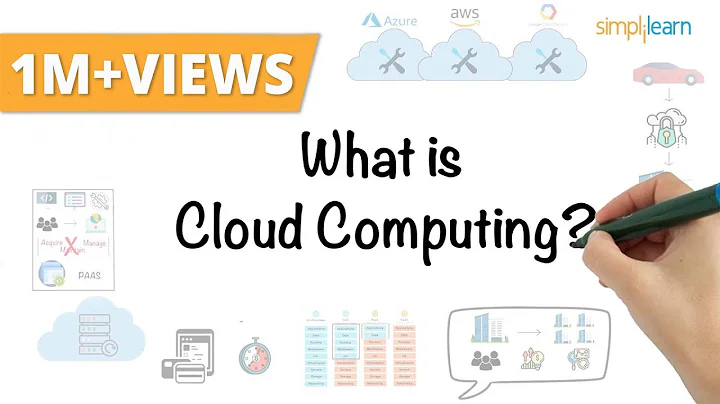Hemp Dispensary Pushes Legal Boundaries With Magic Mushrooms

A hemp dispensary that’s pushing legal boundaries has started selling psychedelic mushrooms in the form of capsules, gummies and mushroom powder. Carlos Hermida of Chillum in Tampa says he uses only Amanita muscaria mushrooms, not the outlawed psilocybin found in traditional “magic” mushrooms. This avoids a potential regulatory crackdown and gives his business a chance to expand.
As psilocybin-containing mushrooms become increasingly popular, dispensaries that sell the naturally-occurring hallucinogen are sprouting up across Canada. Spurred by growing demand and a handful of small but significant changes to drug policy, shops selling the mushrooms have opened in cities like Toronto and Vancouver, and many more are set up online. Read more https://magicmushroomsdispensary.ca/
Microdosing Magic Mushrooms: What You Need to Know
While the dispensaries offer a variety of mushroom strains, they all operate in similar ways. The owners open their doors and welcome a small group of clients, usually five or less, to a cozy studio space for a conversation about the effects of psilocybin, and how it can be used in treatment for anxiety, addiction, depression and post-traumatic stress disorder (PTSD). They also go over dietary and lifestyle recommendations that will help the client have a positive experience.
While most of the shops are not legally permitted to sell magic mushrooms, they say they do so in a safe and responsible way. They take care to provide a safe environment, and they do not let their customers consume the mushrooms with alcohol or other drugs. This helps reduce the risk of a bad trip and long-term effects such as flashbacks.
…



